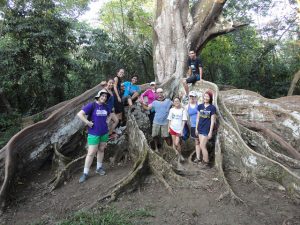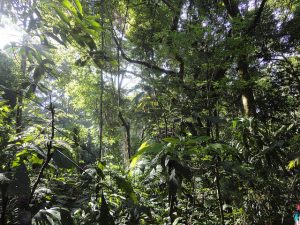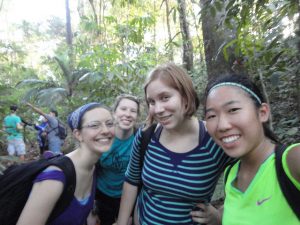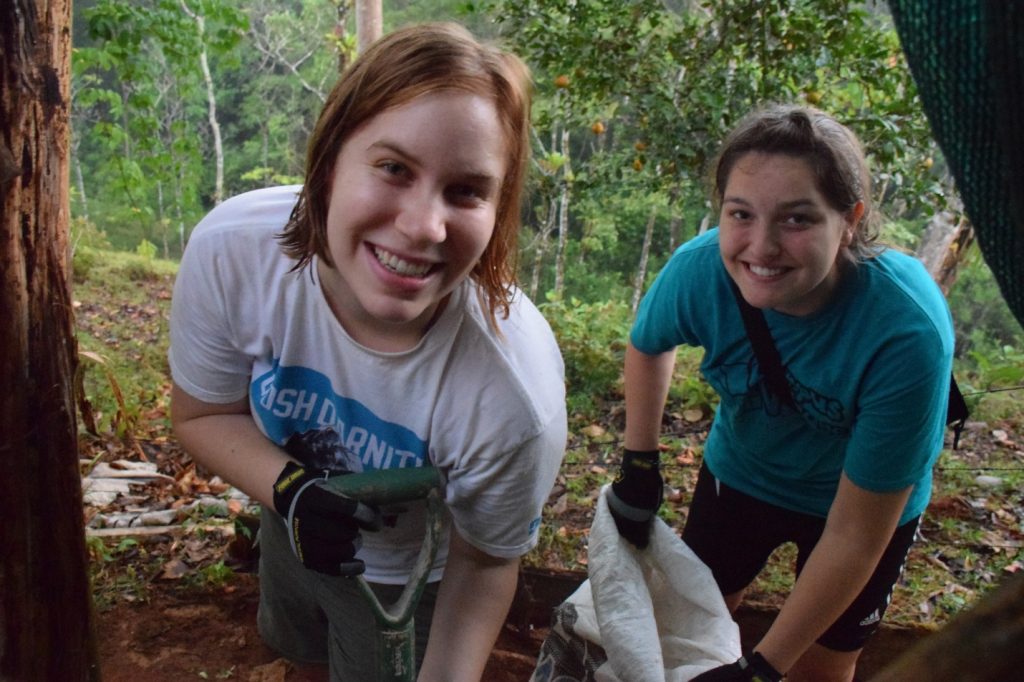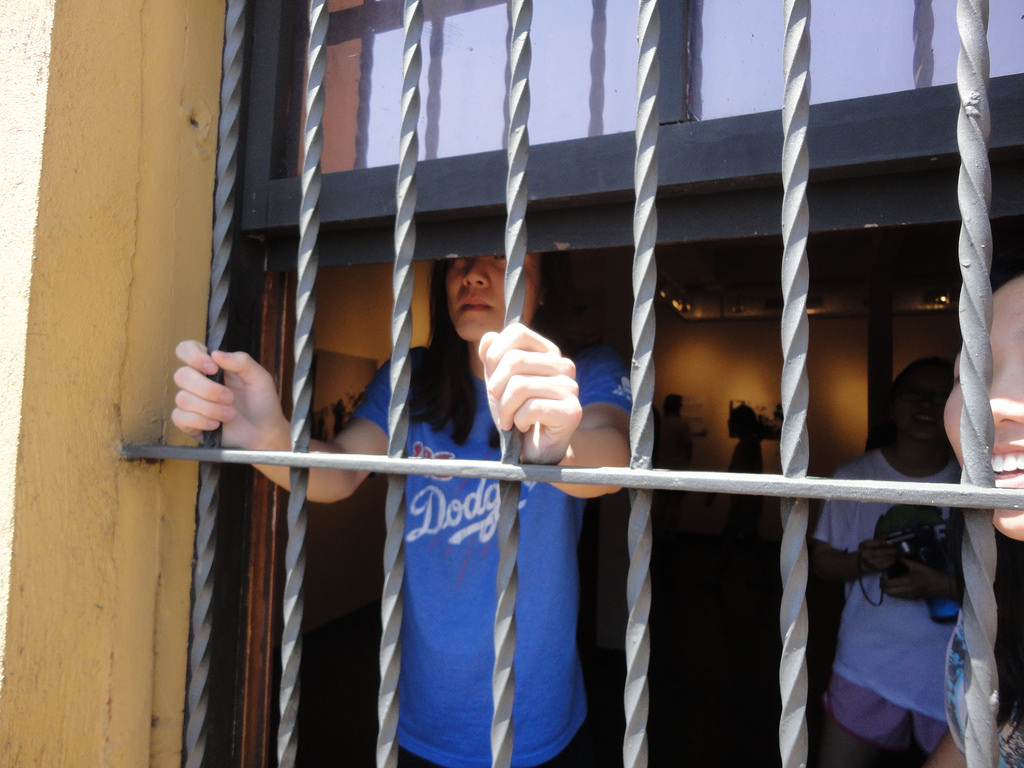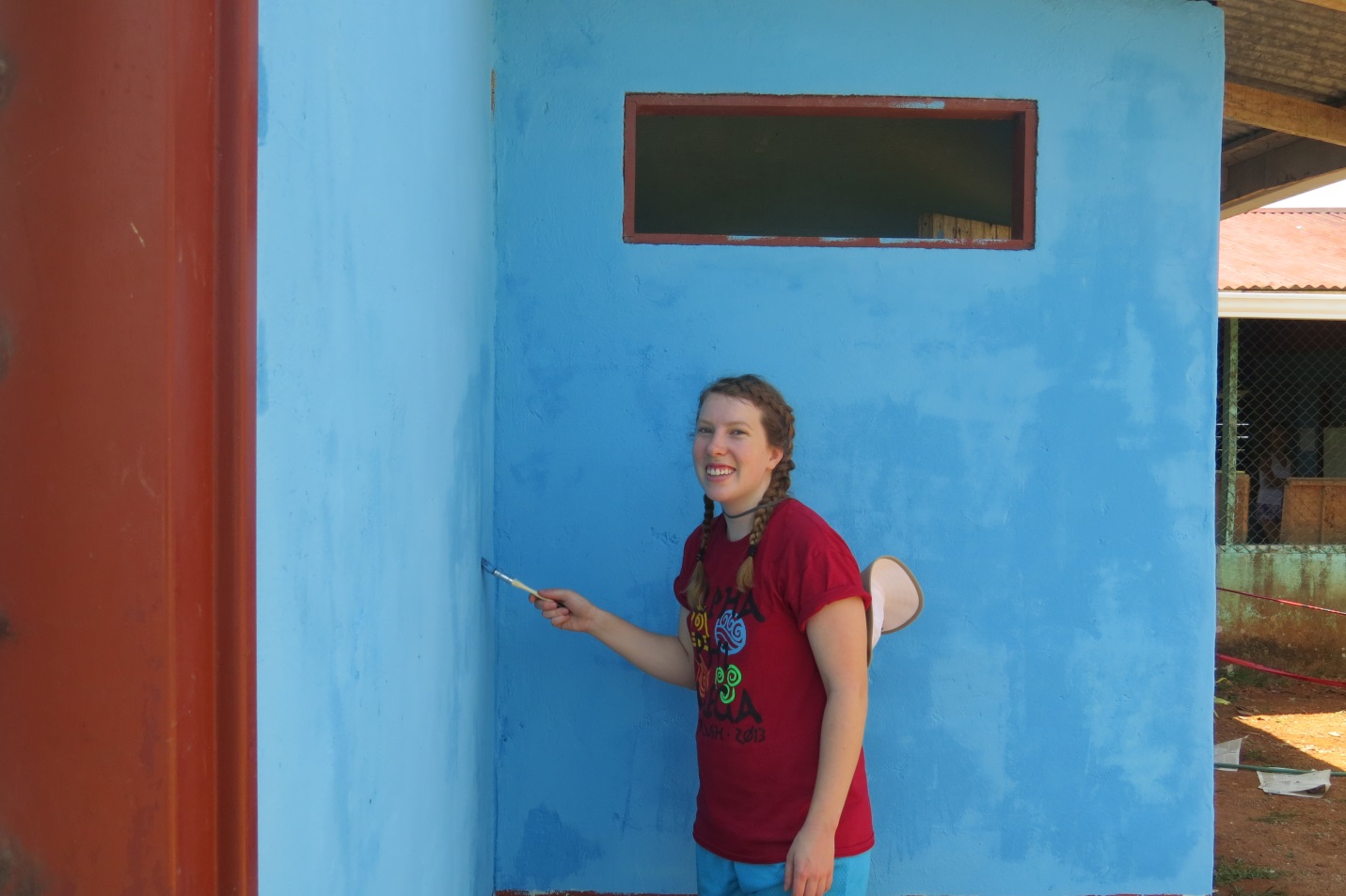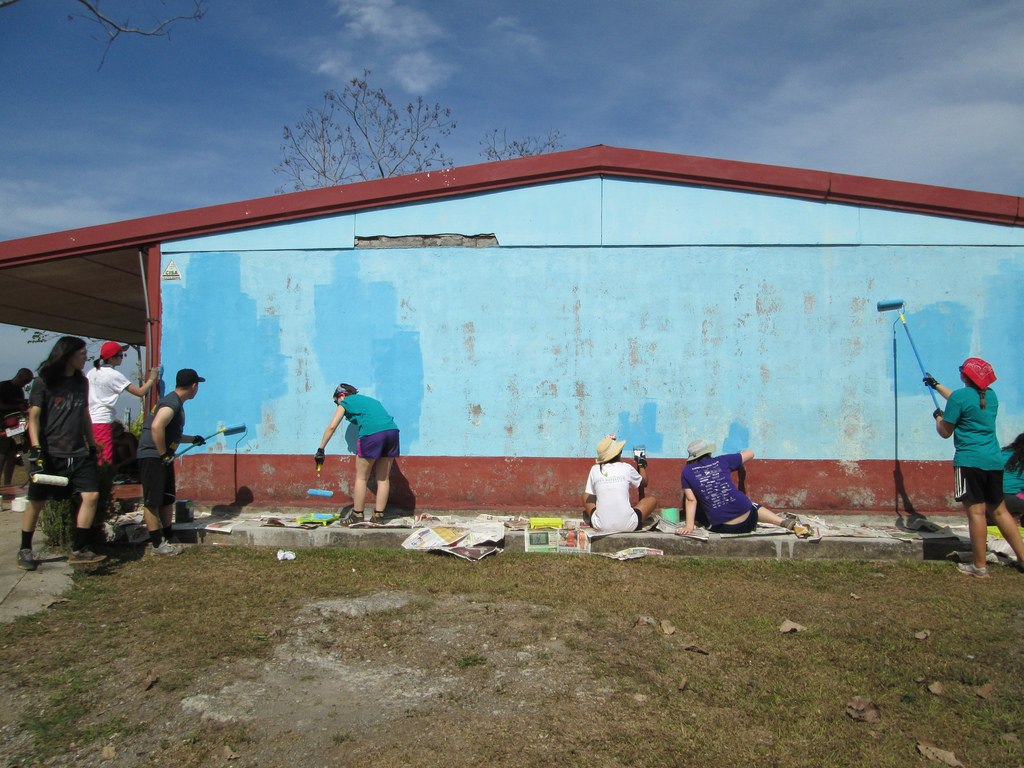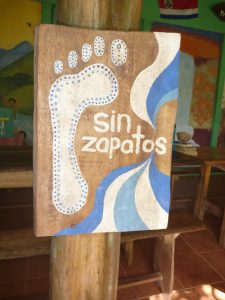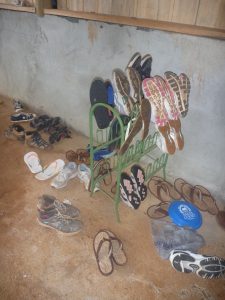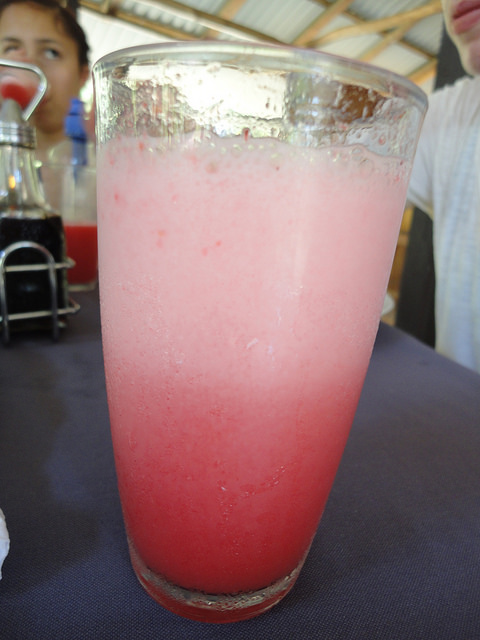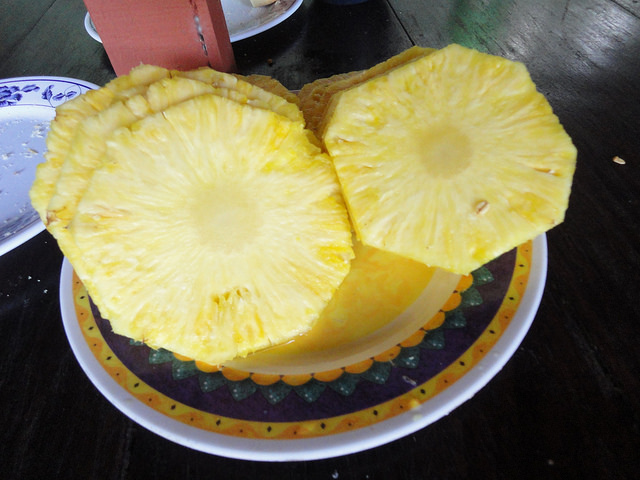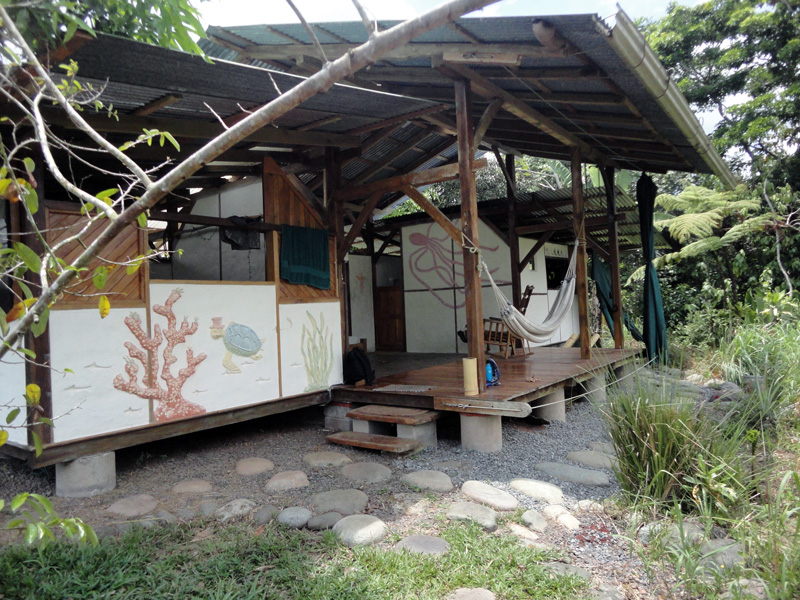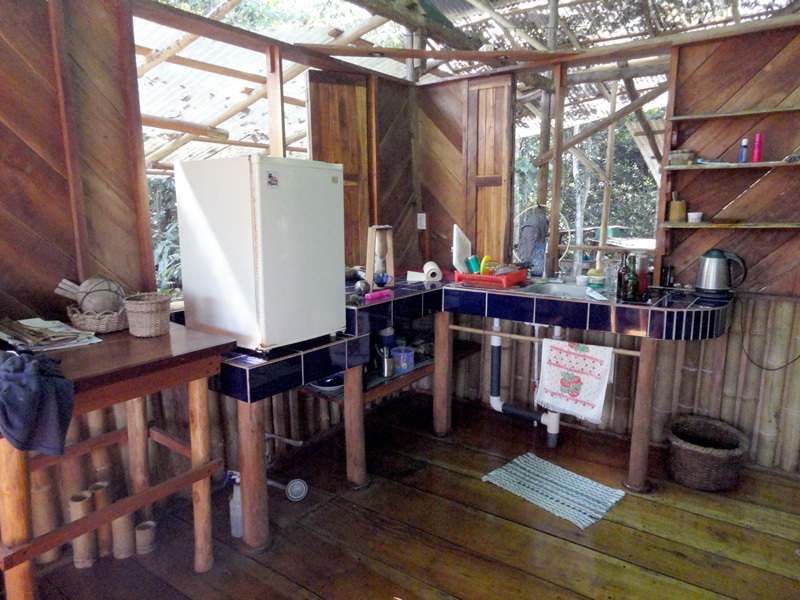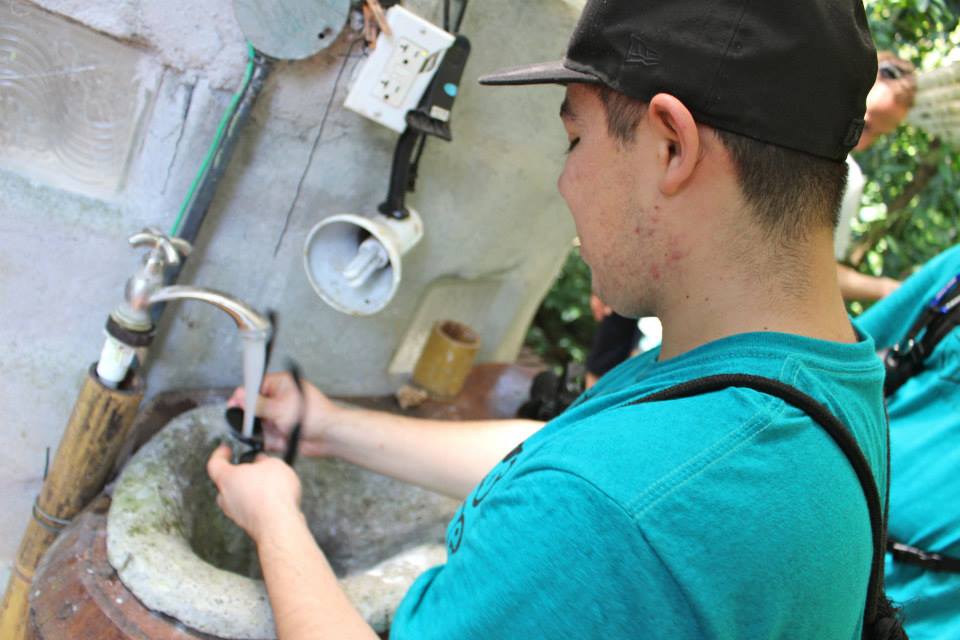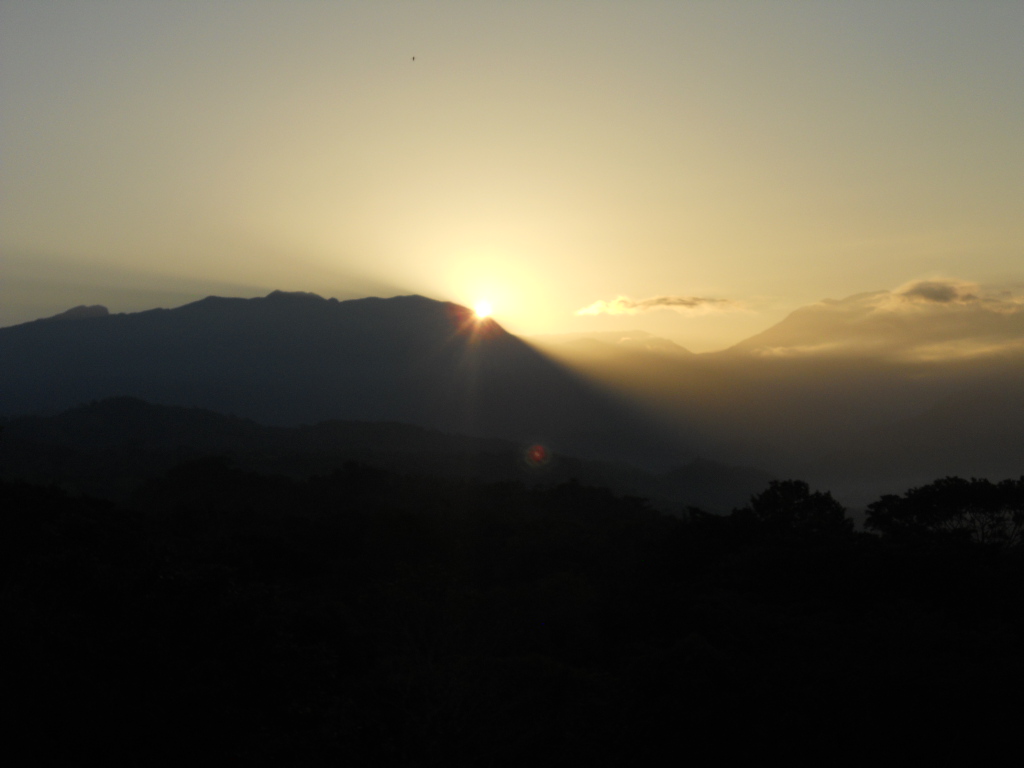Written by Olivia Carbonaro
Our trip to Costa Rica was many things for me. It was especially serendipitous in the sense that I found more inspiration than I could have ever bargained for in many unexpected places. When thinking of all of the things that happened on our trip, there were a few people and moments that really resonate in my mind.
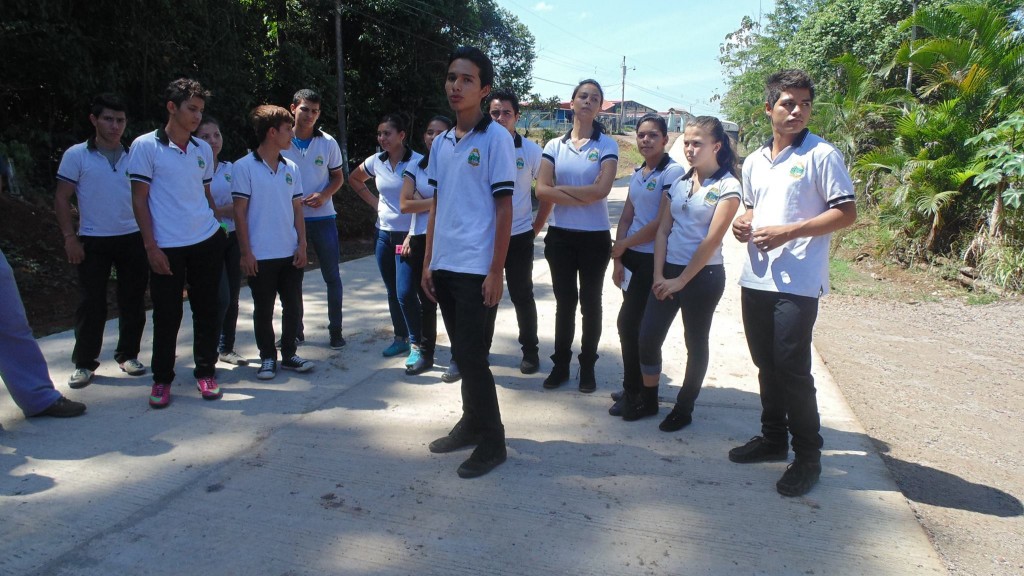
Among these people include Manuel, a 15-year-old student from a secondary school called La Gloria. La Gloria is about a 40-minute bus ride from where we stayed for most of our trip in Mastatal (or 2 hours away when walking, which many of the locals do). The secondary school would be similar to what the United States considers to be middle school and high school combined—teaching students from ages 12 through 18 years old. La Gloria is known as a technical school, specializing in teaching students how to become eco tour guides. As visitors, we could see that tourism is an essential part of the economy in Costa Rica and we were excited to get the chance to meet the future of ecotourism. Surrounded by lush flora and a diversity of fauna, La Gloria serves as a truly great place for students to learn how to become eco tour guides.
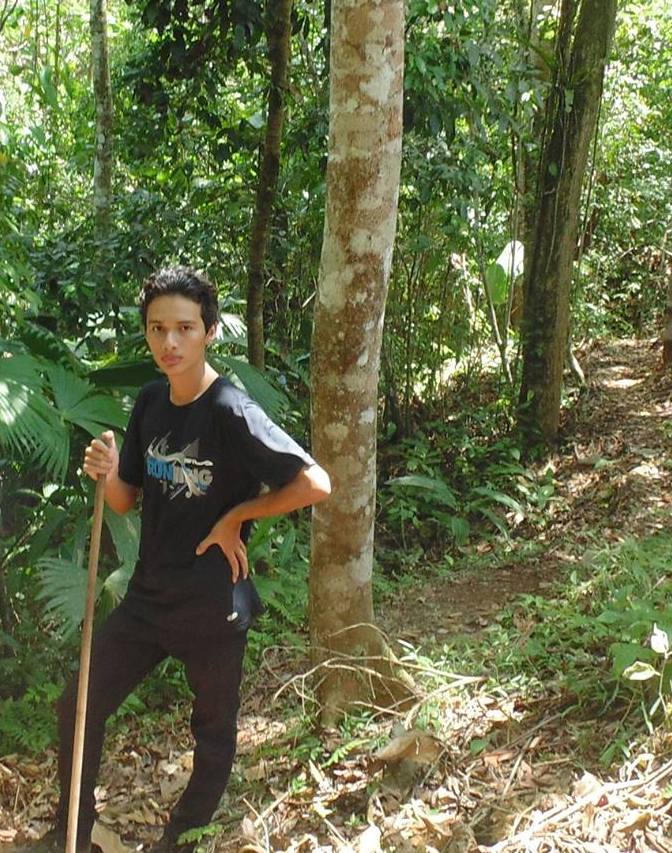
I was so excited when we were told that the students at La Gloria would be practicing their newly acquired tour guide skills on us. It ended up being such a fun and exciting experience to have our presence be beneficial in helping achieve their school’s learning outcomes. It was satisfying to be able to give them the practice they will need to be able to pursue careers in the field of ecotourism. I think the biggest source of help we could give was providing the students a chance to practice their English speaking skills with us.
When we first arrived to La Gloria, Manuel took the lead and introduced the group of his fellow students, welcoming us all to their school. Our group was soon split up into several smaller groups of 2-3 people, and we were led by 2-3 of La Gloria’s future eco tour guides. My group was lead by Manuel and 2 other students from their school accompanied us. Not all of the students we met at the school spoke English fluently, but Manuel spoke English so clearly and elegantly. It became very apparent to me that he really took it upon himself as his own personal initiative to learn English. An unexpected fact I learned was that Manuel was among one of the youngest in the group of students, which made him all the more impressive to me. I was really happy that he was leading our small group because it gave me a chance to talk to him one-on-one and get to know him better.
Manuel led our group and introduced us to the projects they had going at the school, including some that had plans for improvement. Among these projects included a pig pen holding little pink pings that reminded me of the pig from the movie Babe. He also showed us their chickens, which were all babies and still had their yellow fur. He led us to an area which he said used to be the home of horses and bulls, but the school couldn’t continue to afford to keep those animals there. We talked through the woods on trails that seemed a bit off the beaten path, but Manuel always checked to make sure we were okay, warning us when we needed to watch our step while holding branches out of the way for us as we walked by. Then we walked to the Soda, which is a Costa Rican-style bar/restaurant where we all got juices and sodas. As we walked, Manuel and I got to talking and I learned that one of his favorite television shows is Friends, and he particularly likes the characters Joey and Phoebe. He also told me that two of his favorite American movies are Donnie Darko and Clockwork Orange. It surprised me when he told me this, because La Gloria seemed so far away from the United States, and yet there we were discussing popular American TV shows and movies. This all just showed me how globalized we have become on this Earth—that even in a rural town in Costa Rica, American sitcoms can still be found.

As we walked back from the Soda to return to the school to meet the rest of the groups, I asked Manuel if we could all take a picture together. He replied saying “We will do anything that makes you happy, that is what we are here for” (or maybe he said we will do anything that brings me pleasure- I don’t remember exactly now), but he replied in such way that almost startled me. I was taken aback by his genuine desire to serve us while we were there, which wasn’t something I went in expecting. I went in thinking we would get a tour of the school and maybe practice English with the students- but we got so much more than that. It humbled me that Manuel and his fellow students really went above and beyond to give us a fulfilling experience at the school and put so much care into making us feel welcome and happy. When we returned to the school, we were further humbled by a delicious meal and a showcase of dances performed by the students. After this, we went to the schools indoor soccer field, where Manuel popped up in a green wig. It was so great to see him in a less formal setting, joking with everyone and running around playing soccer. He even ran up to me and called me his “BFF” (which stands for best friend forever) and we went on to take some silly photos together.

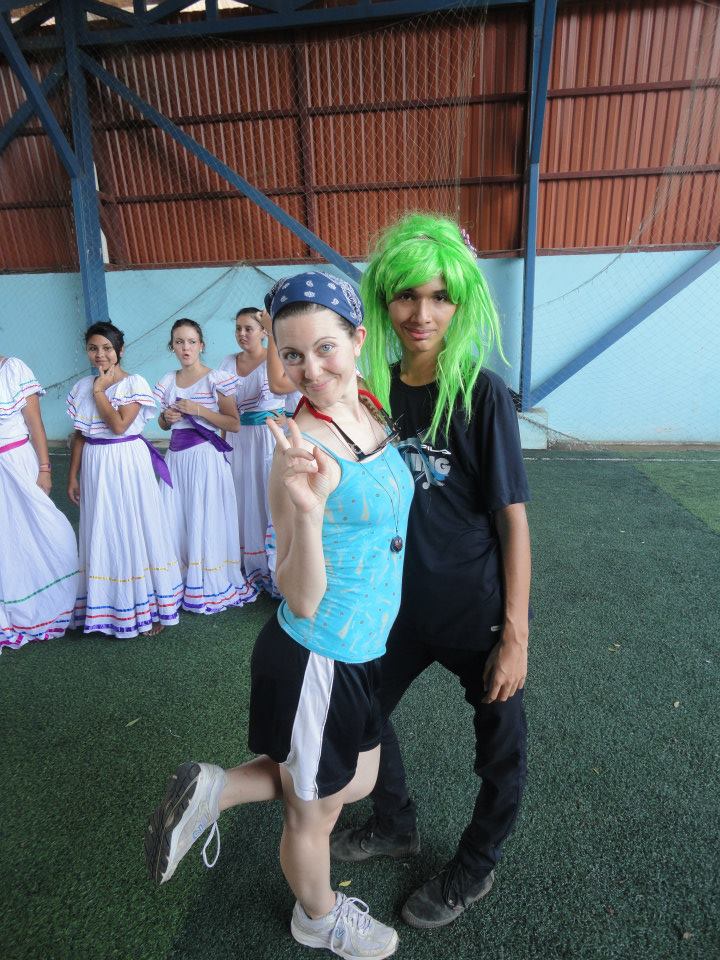
Manuel reminded me what dedication looks like. He reminded me in just one day what being a wholesome person looks like—someone who works hard, but also knows how to make time to play and be silly. Despite whether or not others were practicing becoming fluent English speakers, he went on practicing diligently and was able to hold great conversations with us. Manuel, despite being only 15-years-old, shined with potential and personality. In my eyes, Manuel is the future of ecotourism in Costa Rica, and I am honored I got the chance to meet him.

